Grades of hearing impairment Click to enlarge picture Disabling hearing loss refers to hearing loss greater than 40 dB in the better hearing ear in adults and greater than 30 dB in the better hearing ear in children Note While audiometric descriptors may provide a useful summary of an individual's hearing thresholds, they should not be used as the sole determinant for the provision of hearing aidsBasic requirementIf an employee's hearing test (audiogram) reveals that the employee has experienced a workrelated Standard Threshold Shift (STS) in hearing in one or both ears, and the employee's total hearing level is 25 decibels (dB) or more above audiometric zero (averaged at 00, 3000, and 4000 Hz) in the same ear(s) as the STS, you must record the case on the OSHA 300 LogOtitis media is the most common cause of conductive hearing loss in children 6 Middle ear effusions decrease the mobility of the tympanic membrane and the ossicular chain This loss of mobility

How To Prevent Hearing Loss
30 db hearing loss example
30 db hearing loss example-Idiopathic unilateral sudden sensorineural hearing loss, defined as hearing loss of 30 dB within a threeday period, is an urgent situation17 Associated symptoms include tinnitus, vertigo, andMild hearing loss Oneonone conversations are fine, but it's hard to catch every word when there's background noise Moderate hearing loss You often need to ask people to repeat themselves during conversations in person and on the phone Severe hearing loss Following a conversation is almost



Audiometry Showing An Assymetric Bilateral Neurosensorial Hearing Loss Download Scientific Diagram
In some cases, hearing loss can be temporary However, it can become permanent when vital parts of the ear have been damaged beyond repair Damage to any part of the ear can lead to hearing loss Loud noise is particularly harmful to the inner ear (cochlea) A onetime exposure to extreme loud sound or listening to loud sounds for a long timeDecibels & Damage Sound is measured in units called decibels (dB) Sounds of less than 75 decibels, even after a lengthy exposure, are unlikely to cause hearing loss However extended or repeated exposure to sounds at or above 85 decibels (approximately the level of a vacuum cleaner) can cause hearing loss The table below, the graphic and the poster to the side give examples of various everyday sounds and their typical loudness levels in decibelsSSHL is a hearing loss of at least 30 decibels within 3 days It affects roughly 5 to in 100,000 people and usually only affects one ear SSHL leads to deafness either instantly or over a few
Your average hearing threshold sensitivity for air conduction must be 90 decibels (dB) or worse in your better ear, and you must have a bone conduction hearing threshold of 60 decibels (dB) or worse in your better earThe buzz on noiseinduced hearing loss Dr Sandridge says the most common cause of hearing loss at 30 and 40 is excessive sound "Any loud sound can cause noiseinduced hearing loss, including music and the crowd at a sporting event" Here's why New research has shown that loud sounds break the microorganisms in your ear that help you hearDecibels & Damage Sound is measured in units called decibels (dB) Sounds of less than 75 decibels, even after a lengthy exposure, are unlikely to cause hearing loss However extended or repeated exposure to sounds at or above 85 decibels (approximately the level of a vacuum cleaner) can cause hearing loss The table below, the graphic and the poster to the side give examples of various everyday sounds and their typical loudness levels in decibels
Individuals with normal hearing will produce emissions;Degrees of hearing loss Slight hearing loss This is when you can't hear sounds quieter than about 15 to dB, such as whispering or leaves Mild hearing loss If oneonone conversations are fine but you're having difficulty understanding some words when Moderate hearing loss At this level,Sounds louder than 130 dB can cause acute hearing loss The list below outlines different decibel levels A hearing loss of up to decibels under the hearing threshold is still considered a normal hearing The more serious hearing loss is serious


Noise Watch Out Danger Protection Cochlea



A Complete Guide To Noise Induced Hearing Loss
If the test shows a loss of at least 30 decibels (decibels are a measure of sound) in three connected frequencies (frequency is a measure of pitch—high to low), the hearing loss is diagnosed as SSHL As an example, a hearing loss of 30 decibels would make conversational speech sound more like a whisper(Frequency means how low or high a tone is) But any sound that is loud enough and lasts long enough can damage hearing and lead to hearing loss A sound's loudness is measured in decibels (dB) Normal conversation is about 60 dB, a lawn mower is about 90 dB, and a loud rock concert is about 1 dBYour average hearing threshold sensitivity for air conduction must be 90 decibels (dB) or worse in your better ear, and you must have a bone conduction hearing threshold of 60 decibels (dB) or worse in your better ear



Pretreatment And Posttreatment Hearing Levels A Grou Open I



Noise Thermometer Concept By Iowa Hearing
Hearing Loss It's A Matter of Degrees Degree of Hearing Loss can be mild, moderate, severe, or profound Mild (2540 dB) A person with a mild hearing loss will have difficulty following conversation if the speaker is more than six feet away or if there's noise in the background Moderate (4070 dB)Highfrequency hearing loss can also be caused by Exposure to loud noises Genetics Ototoxicity Disease High frequency hearing loss leads to an individual having trouble hearing sounds in the 2,000 to 8,000 Hz range This means they have trouble hearing the voices of women and young children as well as s, h or f sounds How Sound is MeasuredThirty decibels is more significant than it sounds Every 3decibel increase in a loud noise cuts in half the amount of time one can be exposed without risking hearing damage An unprotected human


Resolution Of Hearing Loss After Chiropractic Manipulation
.jpg)


About Hearing Loss
Some professionals, when trying to put a positive light on the reality of the hearing loss, mistakenly say that a child with aided hearing thresholds of 25 dB HL are "normal" or "borderline normal" It is necessary to have 15 dB hearing ability to be able to perceive the soft high frequency consonant sounds conversational speech These are the sounds responsible for allowing us to discriminate words like cat, cap, cast, calfA disabling hearing loss according to GBD is 35 dB or greater in the better ear in adults Unilateral hearing loss or bilateral hearing loss or mixed You can have a hearing loss in just one ear (unilateral hearing loss) or in both ears (bilateral hearing loss) as well as you can have a mixed hearing loss About Global Burden of DiseaseExperience mild hearing loss Mild hearing loss can range from dB to 40 dB The following is a simulation of what it is like to hear at normal (0 dB) and at dB 10 Slight Losswav The next recording is for hearing at normal (0 dB) and at a 30 dB hearing loss As you will hear, the extra 10 dB of hearing loss makes a big difference in loudness
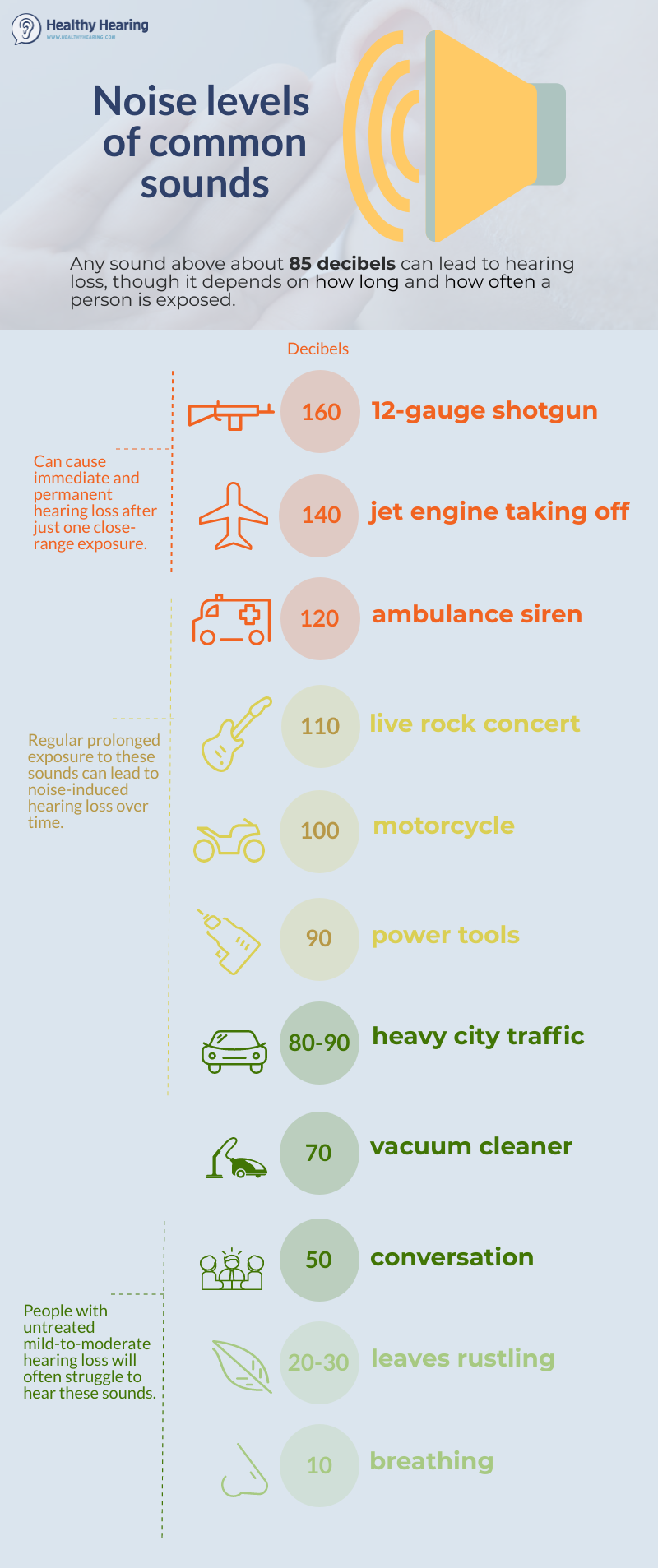


Noise Induced Hearing Loss Nihl And Noise Levels Of Common Sounds



Cnc Word Scores For Subjects With30 Db Of Hearing Loss At 6 Months Download Scientific Diagram
Normal Hearing No More Than 25 Decibels of Hearing Loss Most adults have normal hearing If you do, this means that you can hear the things that you'd expect to hear, like your friends talking toExperience mild hearing loss Mild hearing loss can range from dB to 40 dB The following is a simulation of what it is like to hear at normal (0 dB) and at dB 10 Slight Losswav The next recording is for hearing at normal (0 dB) and at a 30 dB hearing loss As you will hear, the extra 10 dB of hearing loss makes a big difference in loudnessWith the introduction of MUZZLE BRAKES and PORTING, the risks of hearing loss dramatically increase Use this chart as a reference guide for promoting the need of using adequate hearing protection Notations Keep in mind that conversational speech is approximately 6065 dB, and the threshold of pain is considered to be 140 dB



6 Simple Ways To Check If Your Headphones Are Too Loud Deafblind Uk
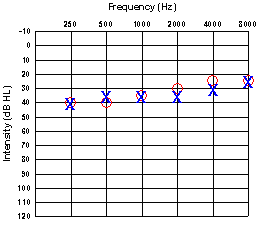


Degrees Of Hearing Loss And Sample Audiograms
SSNHL is most commonly defined as a hearing loss of 30 dB or greater at three consecutive frequencies that occur within 72 hours 1 SSNHL can develop at any age, but it most commonly occurs in patients aged 65 and older 2 In the United States, 2Degree of difficulty experienced in school will depend upon noise level in the classroom, distance from the teacher, and configuration of the hearing loss At 30 dB can miss 25% – 40% of the speech signal At 35 to 40 dB may miss 50% or more of class discussions, especially when voices are faint or speaker is not in the line of visionThe buzz on noiseinduced hearing loss Dr Sandridge says the most common cause of hearing loss at 30 and 40 is excessive sound "Any loud sound can cause noiseinduced hearing loss, including music and the crowd at a sporting event" Here's why New research has shown that loud sounds break the microorganisms in your ear that help you hear



Conductive Hearing Loss Note Maximum Hearing Loss I E Of 60 Db Is Due To Closure Of Oval Window Hearing Loss Oval Window Hearing



Noise Exposure Hearing Loss
The buzz on noiseinduced hearing loss Dr Sandridge says the most common cause of hearing loss at 30 and 40 is excessive sound "Any loud sound can cause noiseinduced hearing loss, including music and the crowd at a sporting event" Here's why New research has shown that loud sounds break the microorganisms in your ear that help you hearHearing loss has multiple causes, including ageing, genetics, perinatal problems and acquired causes like noise and disease For some kinds of hearing loss the cause may be classified as of unknown cause There is a progressive loss of ability to hear high frequencies with aging known as presbycusisFor men, this can start as early as 25 and women at 30SSNHL is most commonly defined as a hearing loss of 30 dB or greater at three consecutive frequencies that occur within 72 hours 1 SSNHL can develop at any age, but it most commonly occurs in patients aged 65 and older 2 In the United States, 2



Air Conduction Vs Bone Conduction Candidacy Guide For Bone Conduction Systems Med El Professionals Blog



Table 1 From Congenital Cytomegalovirus Cmv Infection As A Cause Of Permanent Bilateral Hearing Loss A Quantitative Assessment Semantic Scholar
They come in different shapes and sizes An audiologist can make some just for your ears Earplugs can cut noise down by 15 to 30 decibels Earmuffs fit completely over both ears They must fit tightly to block sound from going into your ears Like earplugs, earmuffs can reduce noise by 15 to 30 dB, depending on how they are made and how they fitGrades of hearing impairment Click to enlarge picture Disabling hearing loss refers to hearing loss greater than 40 dB in the better hearing ear in adults and greater than 30 dB in the better hearing ear in children Note While audiometric descriptors may provide a useful summary of an individual's hearing thresholds, they should not be used as the sole determinant for the provision of hearing aidsSSNHL is most commonly defined as a hearing loss of 30 dB or greater at three consecutive frequencies that occur within 72 hours 1 SSNHL can develop at any age, but it most commonly occurs in patients aged 65 and older 2 In the United States, 2



Noise Induced Hearing Loss Springfield Ma Ear Nose Throat Surgeons Of Western New England Llc



The Audiogram At First Presentation Showing Severe Pantonal Combined Download Scientific Diagram
The softest sound that healthy ears can hear is 0 decibels—near total silence By comparison, a whisper measures 30 decibels, and normal conversation measures 60 decibels Prolonged exposure to noises that are at or above 85 decibels can damage tiny sensory hair cells in our inner ears, causing NIHLSSHL is a hearing loss of at least 30 decibels within 3 days It affects roughly 5 to in 100,000 people and usually only affects one ear SSHL leads to deafness either instantly or over a fewWhen a hearing loss exceeds 2530 decibels, no sound will be produced This test helps determine whether there is a blockage in the ear canal, excess fluid in the middle ear or damage to the hair cells of the cochlea OAE testing is often included in newborn hearing screening programs
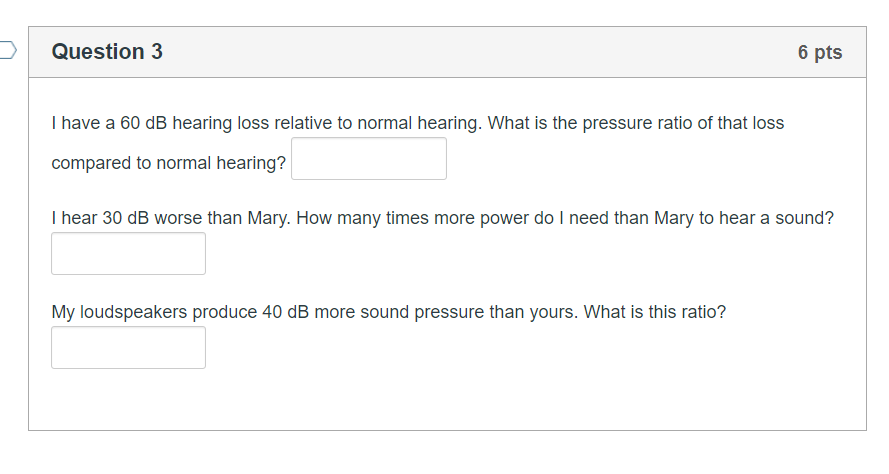


Question 3 6 Pts I Have A 60 Db Hearing Loss Relat Chegg Com



Air Conduction Vs Bone Conduction Candidacy Guide For Bone Conduction Systems Med El Professionals Blog
A loss of 30 decibels in three connected frequencies is considered SSHL This means that a hearing loss of 30 decibels would make normal speech sound like a whisper There are about 4,000 cases ofSeveral drugs for erectile dysfunction Sudden hearing loss, the rapid loss of 30 decibels or more of hearing ability, can happen over several hours or up to 3 days (A normal conversation is 60A disabling hearing loss according to GBD is 35 dB or greater in the better ear in adults Unilateral hearing loss or bilateral hearing loss or mixed You can have a hearing loss in just one ear (unilateral hearing loss) or in both ears (bilateral hearing loss) as well as you can have a mixed hearing loss About Global Burden of Disease



For Better Brain Health Preserve Your Hearing The New York Times



Understanding Hearing Loss Youhear Ca
85 Decibels Decibels are the unit to measure sound The average frequency of hearing is 3050 decibels, but the noise is much louder, ranging from 80 to 95 decibels, which is not suitable for a human hearing range It will help if you avoid noise which is creating a fuss of 80 decibelsThresholds between 10 and dB HL are considered in the normal range, while thresholds above dB HL are considered diagnostic for mild, moderate, severe or profound hearing loss, as shown here Particular causes of hearing loss will be show up in the clinical audiogram in characteristic waysMarch 30, 15 Hearing Loss in Percentages and Decibels Since I was thirteen and had my first audiogramme, that is how I've been thinking of hearing loss In decibels, presented as a graph of how loud a sound needs to be so I can hear it, at various frequencies



Prevalence Of Hearing Impairment Among Primary School Children In The Kilimanjaro Region Within Tanzania Sciencedirect



Noise Induced Hearing Loss American Family Physician
Many electronic devices – including smartphones – can harm your hearing over time due to exposure to high decibels, the unit used to measure sound A whisper is 30 decibels, a normal conversationIf you can only hear sounds when they are at 30 dB, you have a mild hearing loss You have aMild Children with a mild hearing loss can hear sounds of 30 to 40 dB or louder They may have trouble hearing faint or distant speech The most common cause of a mild hearing loss is fluid buildup in the middle ear Moderate Children who have a moderate loss of hearing can hear sounds louder than 40 to 60 dB They need speech to be loud



Pure Tone Audiogram Showing 30 40 Db Sensorineural Hearing Loss In The Download Scientific Diagram



What Does Dba Mean When Someone Talks About Noise Levels Nex Flow Air Products Corp
3035 dB Impact of Hearing Loss on Listening, Learning, Social_fillable Free shipping & handling on US orders over $150 (excluding Streamer, SPICE, SPICE for Life and ESP Test products) 25% discount on shipping & handling on International orders over $150 (excluding Streamer, SPICE, SPICE for Life and ESP Test products)Common Sources of Noise and Decibel Levels Sound is measured in decibels (dB) A whisper is about 30 dB, normal conversation is about 60 dB, and a motorcycle engine running is about 95 dB Noise above 70 dB over a prolonged period of time may start to damage your hearing Loud noise above 1 dB can cause immediate harm to your ears
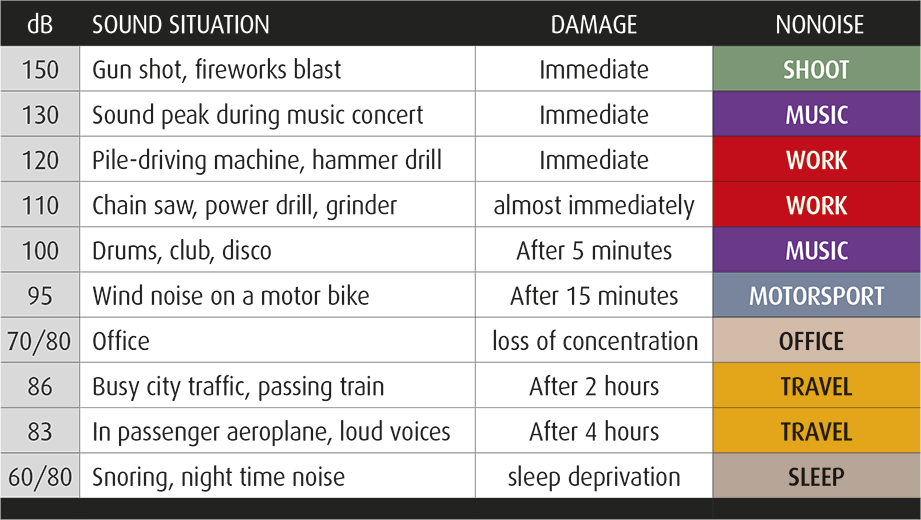


Hearing Damage En



What Are Decibels Or How Noises Affect Our Health Archdaily
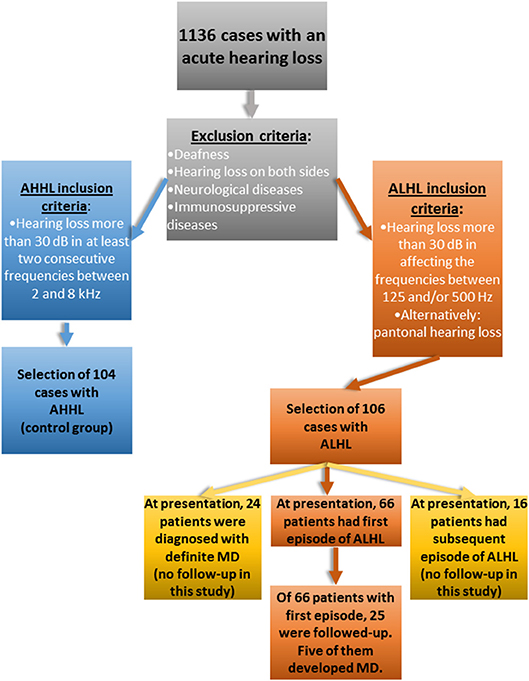


Frontiers Comorbid Symptoms Occurring During Acute Low Tone Hearing Loss Ahlh As Potential Predictors Of Meniere S Disease Neurology



Low Frequency Sensorineural Hearing Loss



Who Grades Of Hearing Impairment



Signs And Types Of Hearing Loss Audicus
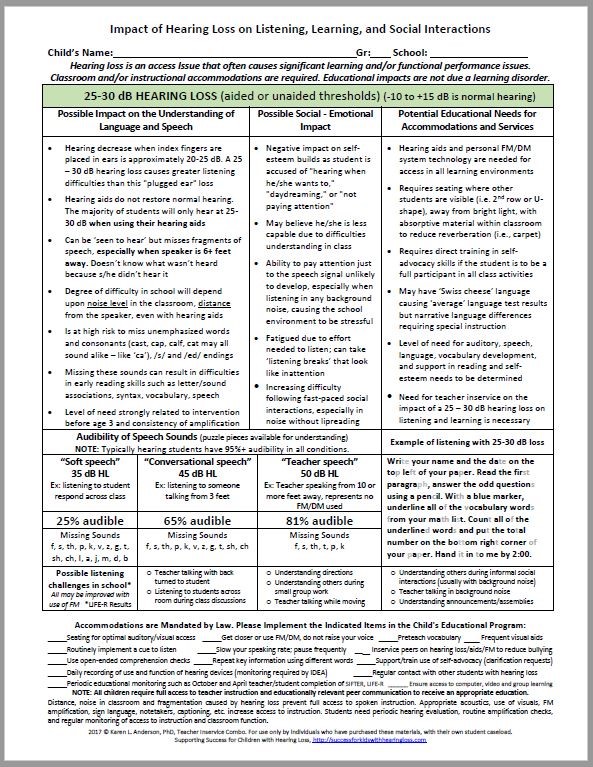


Supporting Success For Children With Hearing Loss Update Teacher Inservice Combo
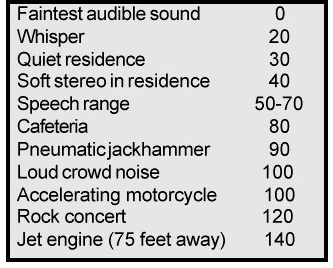


Understanding Hearing Loss Deaf Education



Signs And Types Of Hearing Loss Audicus



Hearing Protection Dallas And Frisco Tx Ear Doctors



Conductive Hearing Loss



Osha Technical Manual Otm Section Iii Chapter 5 Noise Occupational Safety And Health Administration



Jmir Worldwide Prevalence Of Hearing Loss Among Smartphone Users Cross Sectional Study Using A Mobile Based App Masalski Journal Of Medical Internet Research



Nasd They Re Your Ears Protect Them Hearing Loss Caused By Farm Noise Is Preventable


Background And Objectives
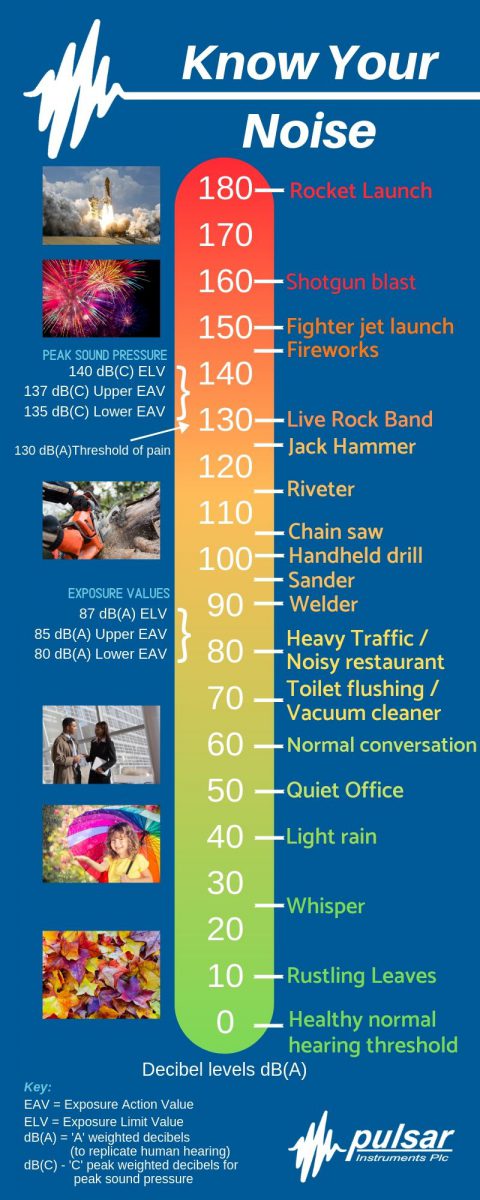


Decibel Chart Of Common Sounds Pulsar Instruments
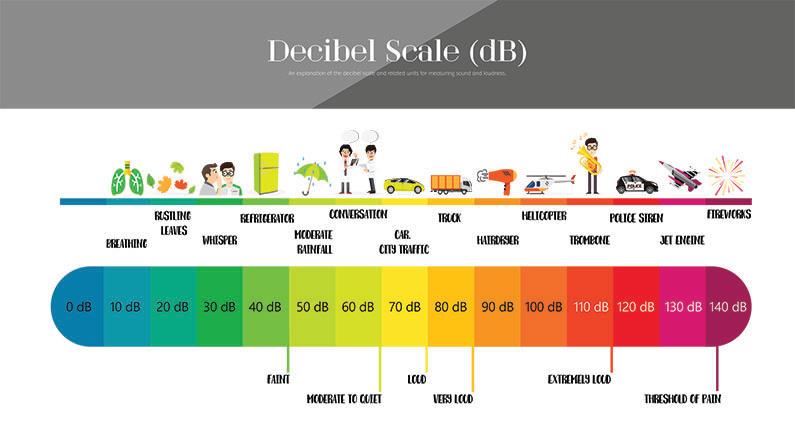


Hearing Loss Modern Hearing Solutions Hearing Aids In Cody And Powell Wy
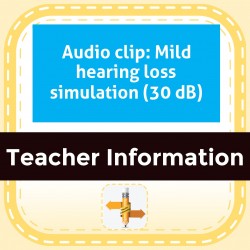


Teacher Tools Takeout
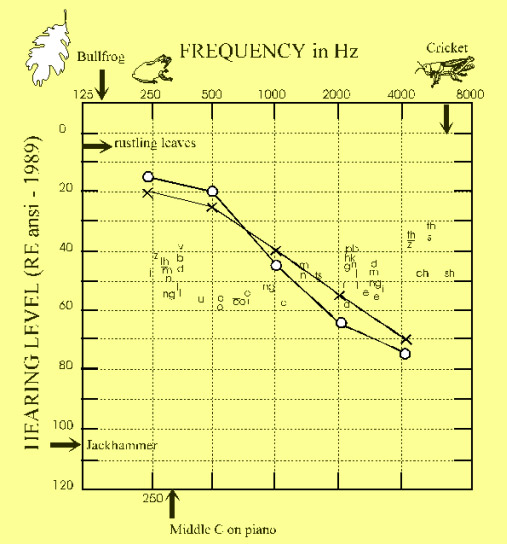


What Does My Audiogram Mean
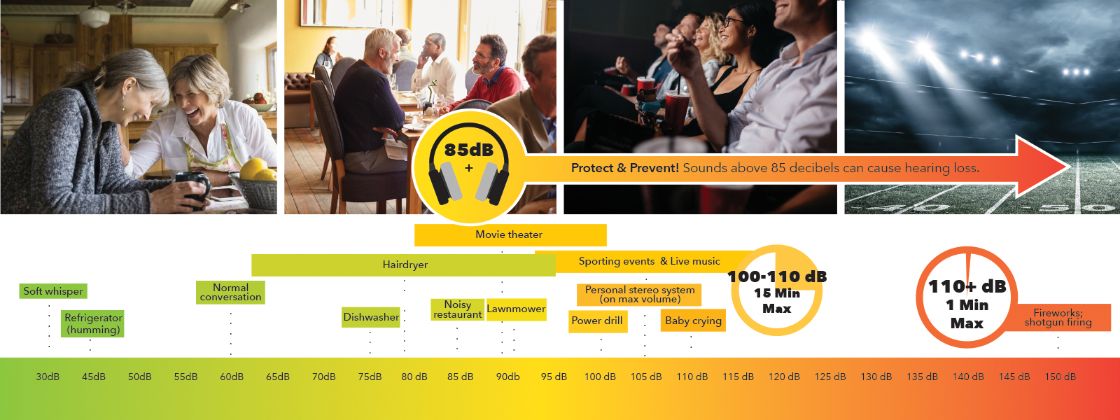


Understanding Decibel Charts Miracle Ear
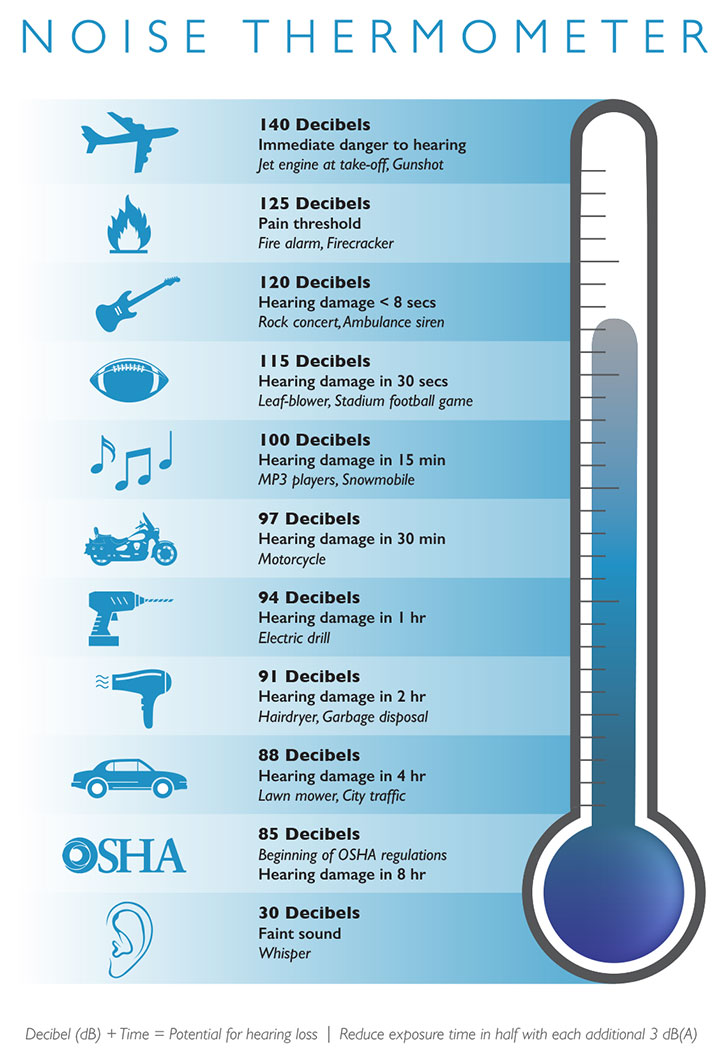


Noise And Hearing Loss Hearing Industries Association



Extended High Frequency Hearing Enhances Speech Perception In Noise Pnas



Hearing Loss Ck 12 Foundation
.jpg)


Degrees Of Hearing Loss And Hearing Loss Levels



Audiometry Showing An Assymetric Bilateral Neurosensorial Hearing Loss Download Scientific Diagram



What Is Idiopathic Sudden Sensorineural Hearing Loss By Attune Hearing Issuu



Chart Displaying The Noise Level In Decibels Of Various Activities Auditory Processing Disorder Auditory Processing Speech Language Therapy



Noise Induced Hearing Loss Optimal Hearing Systems



Pure Tone Audiometry An Overview Sciencedirect Topics



Criteria For Hearing Recovery In Idiopathic Sudden Sensori Neural Download Table



How Loud Is Too Loud Decibel Chart Concept By Iowa Hearing



Describing The Severity Of Hearing Loss Aussie Deaf Kids
(1).png)


High Frequency Hearing Loss What Is It And How Is It Treated
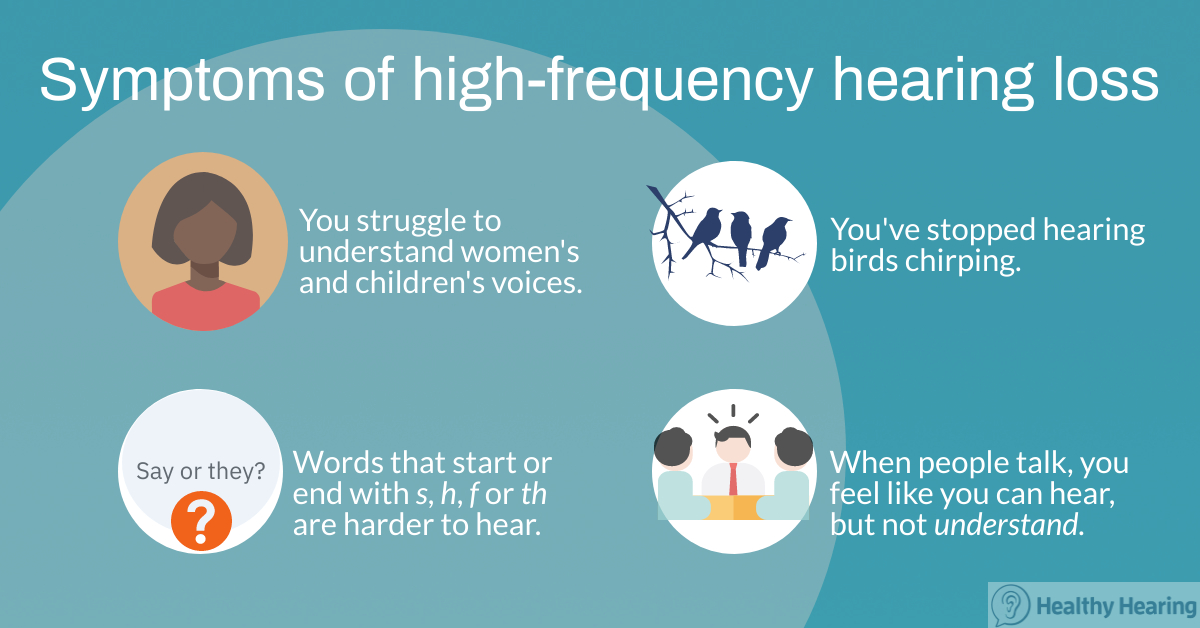


High Frequency Hearing Loss What Is It And How Is It Treated



Sudden Sensorineural Hearing Loss Intechopen



Osha Technical Manual Otm Section Iii Chapter 5 Noise Occupational Safety And Health Administration
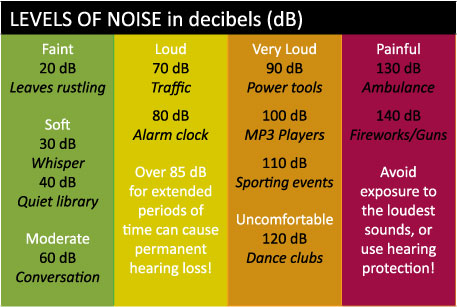


Hearing Protection Hearing And Speech Center San Francisco



How To Prevent Hearing Loss



Hearing Loss 101 Health Hearing Aids Ihear Medical


Who Grades Of Hearing Impairment
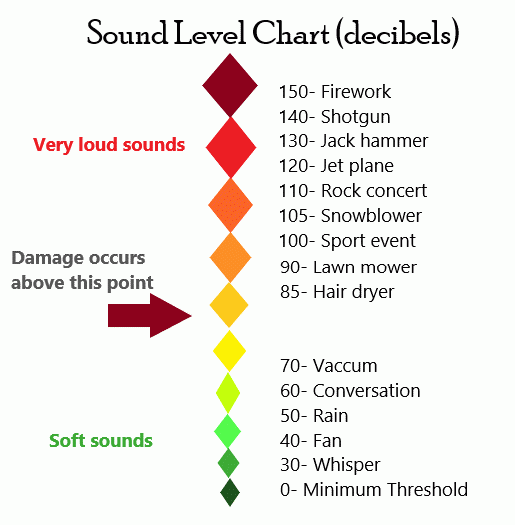


Common Noise Levels And Noise Induced Hearing Loss Identure And Hearing
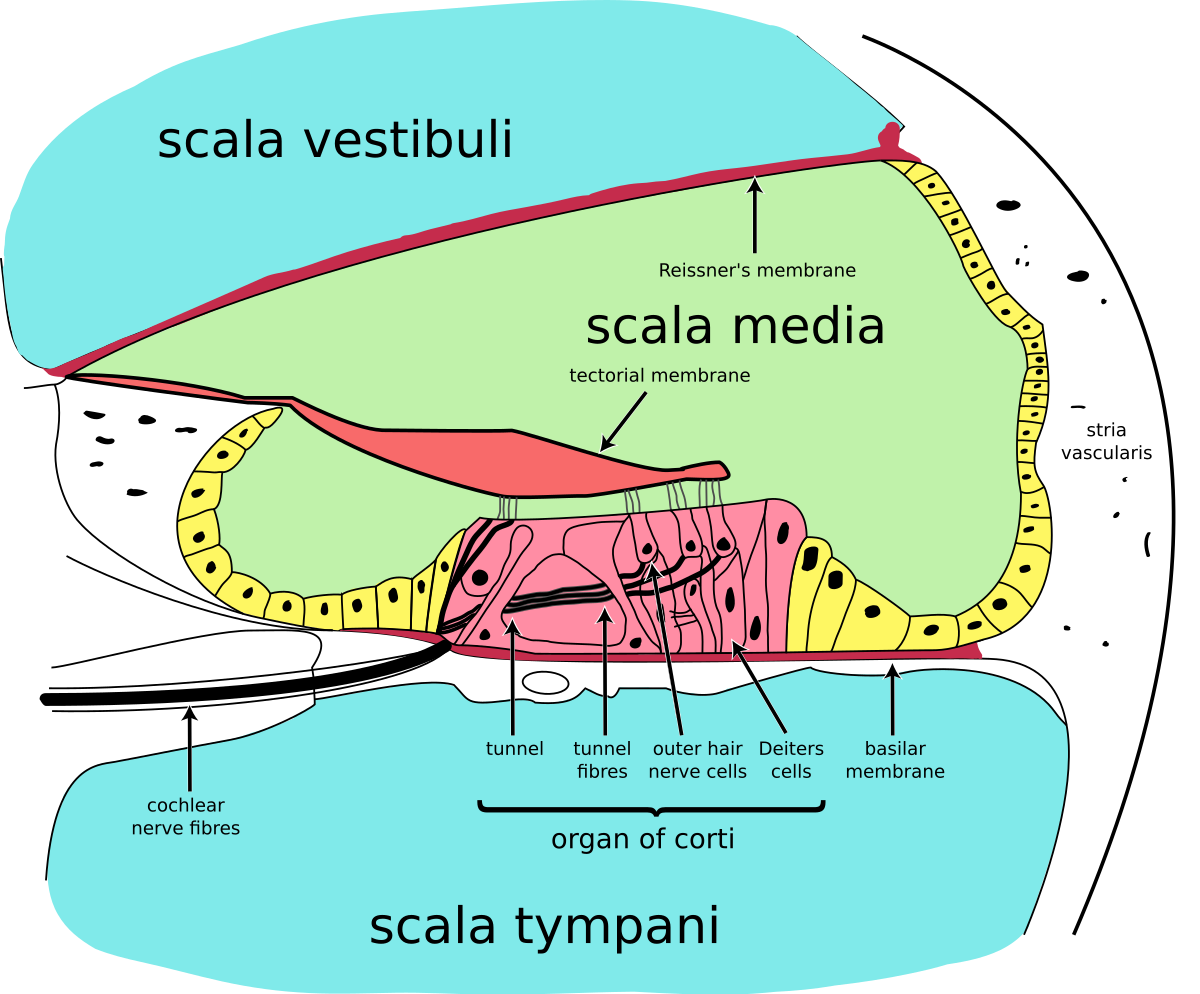


Sensorineural Hearing Loss Wikipedia



Noise Thermometer Png Speech And Hearing Hearing Loss Hearing Health



Hearing Loss In Mammals Discovery Of Sound In The Sea



Pure Tone Audiogram Showing 30 40 Db Sensorineural Hearing Loss In The Download Scientific Diagram



Pure Tone Audiogram Pta A The Initial Examination Shows Hearing Download Scientific Diagram



Low Frequency Sensorineural Hearing Loss



The Impact Of Unilateral Hearing Loss On Adult Life Hearing Review
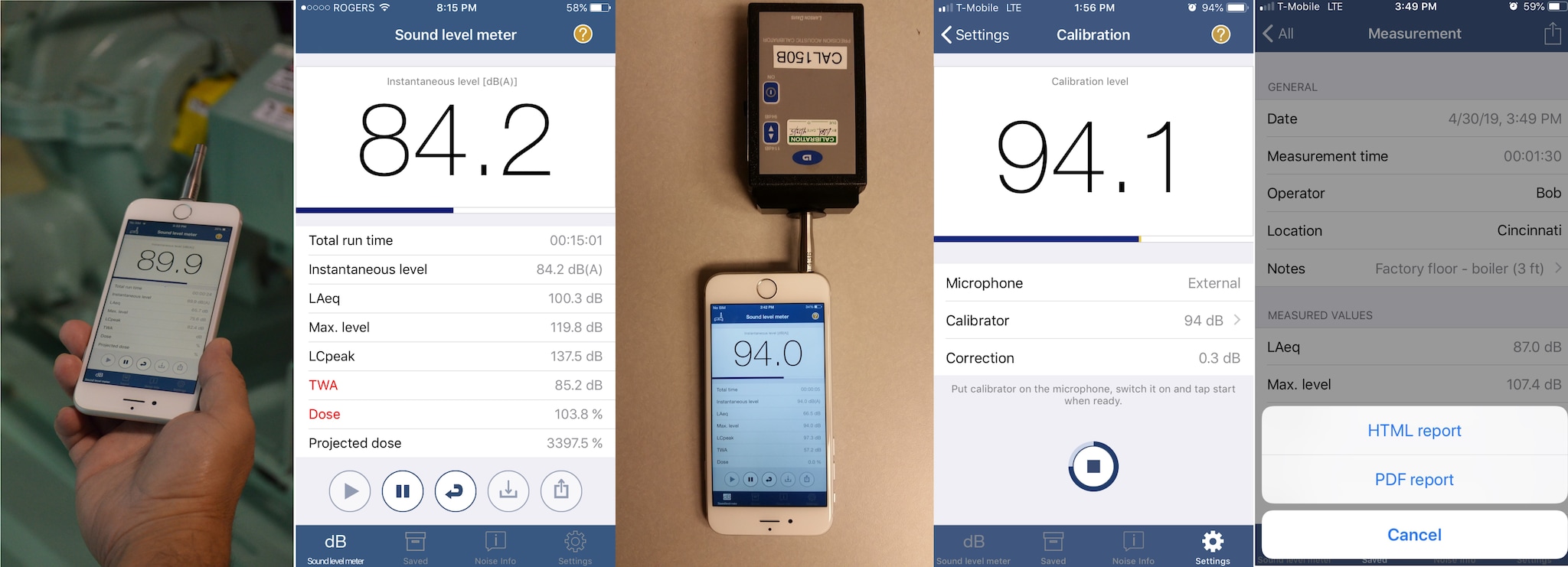


Noise And Hearing Loss Prevention Niosh Cdc


Why Mild Hearing Loss Might Not Be Mild At All Mighty Voice
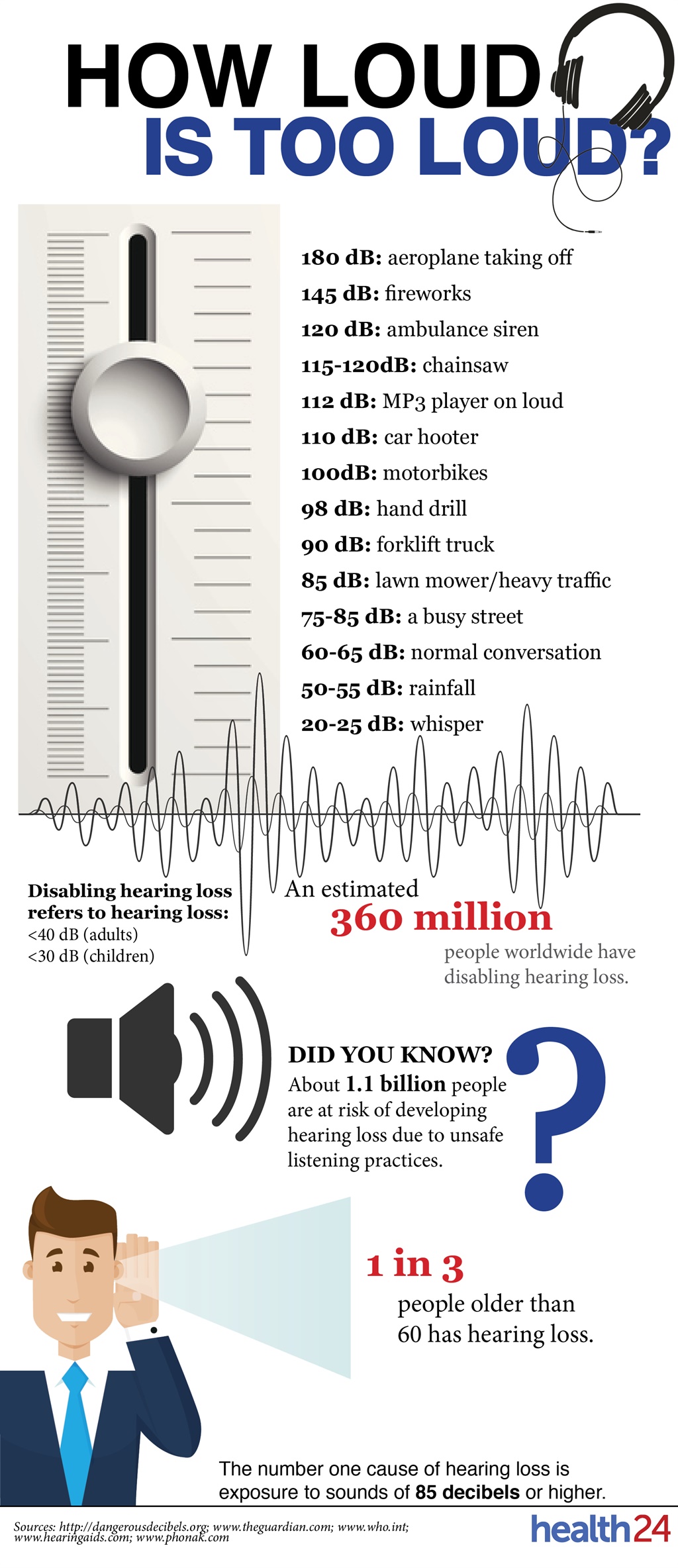


See Interesting Facts About Hearing Loss Health24



Useful Articles On Hearing Loss From The Campaign For Better Hearing Us



A Complete Guide To Noise Induced Hearing Loss



6 Simple Ways To Check If Your Headphones Are Too Loud Deafblind Uk



Public Servant Hearing Plan Audio Logic Pc
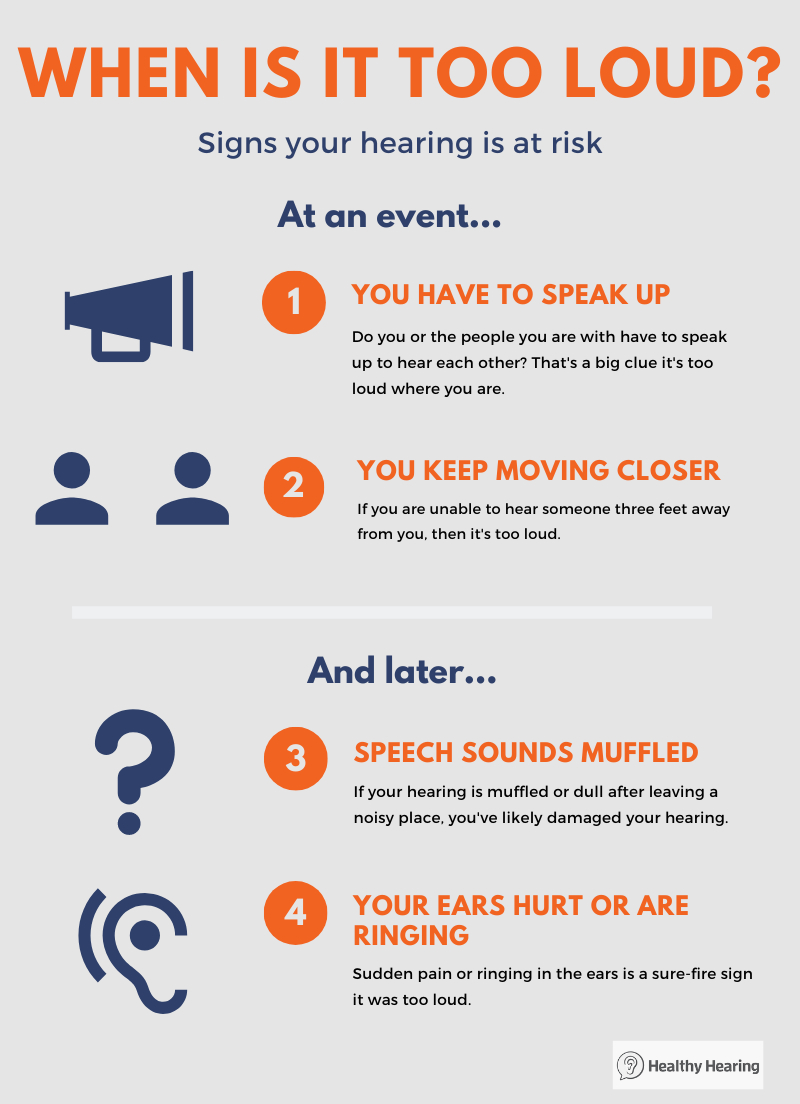


Noise Induced Hearing Loss Nihl And Noise Levels Of Common Sounds


How To Understand Your Hearing Test Hearing Aid Resource For Consumers



Noise Sound Decibels Hearing Atlantic Environmental Incorporated
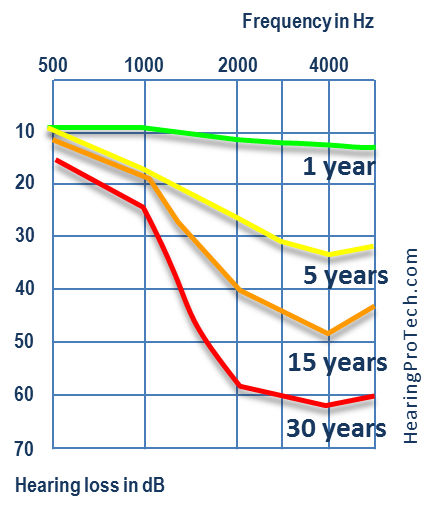


Effects On Health
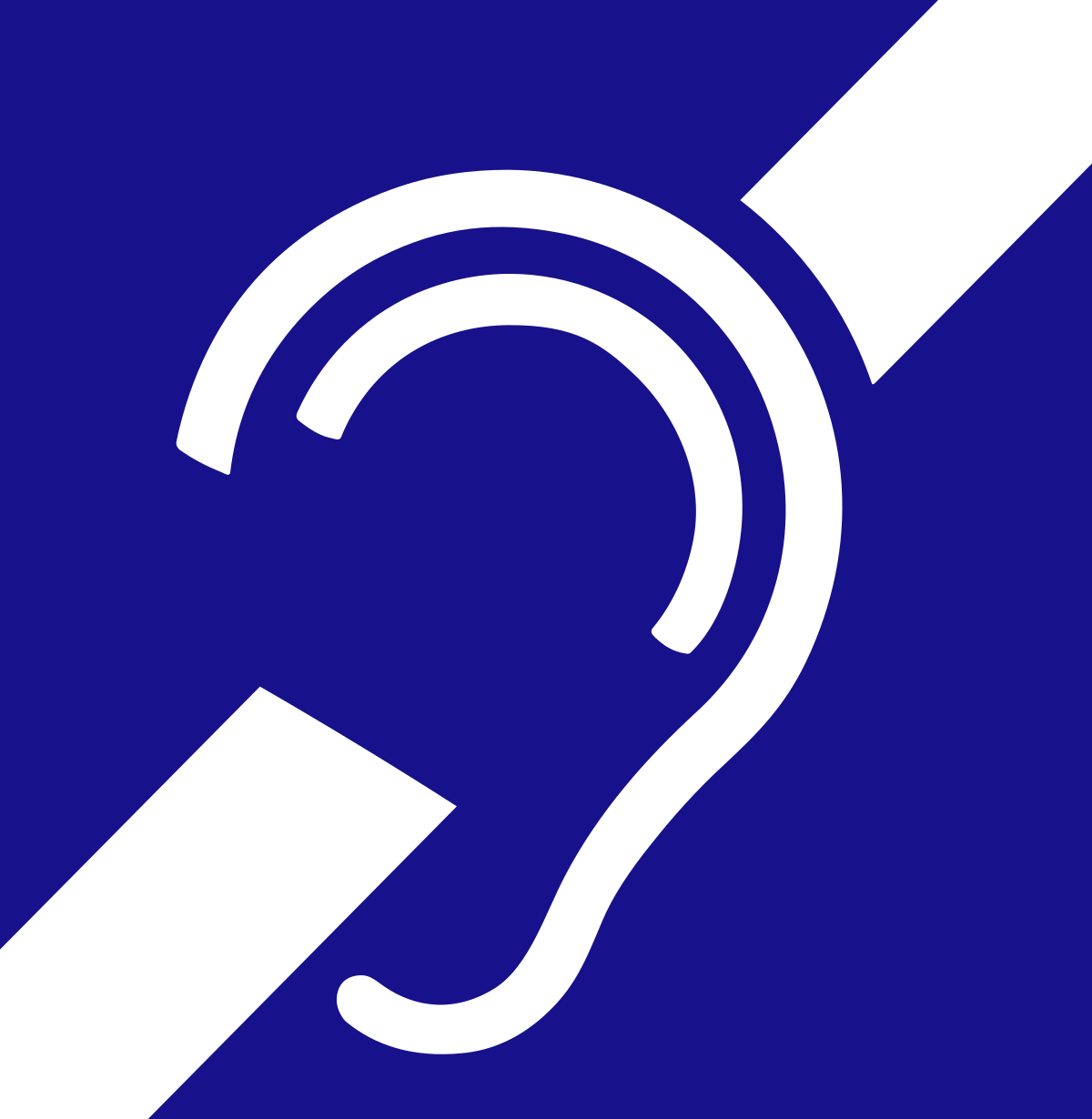


Hearing Loss Wikipedia



How Loud Is Too Loud
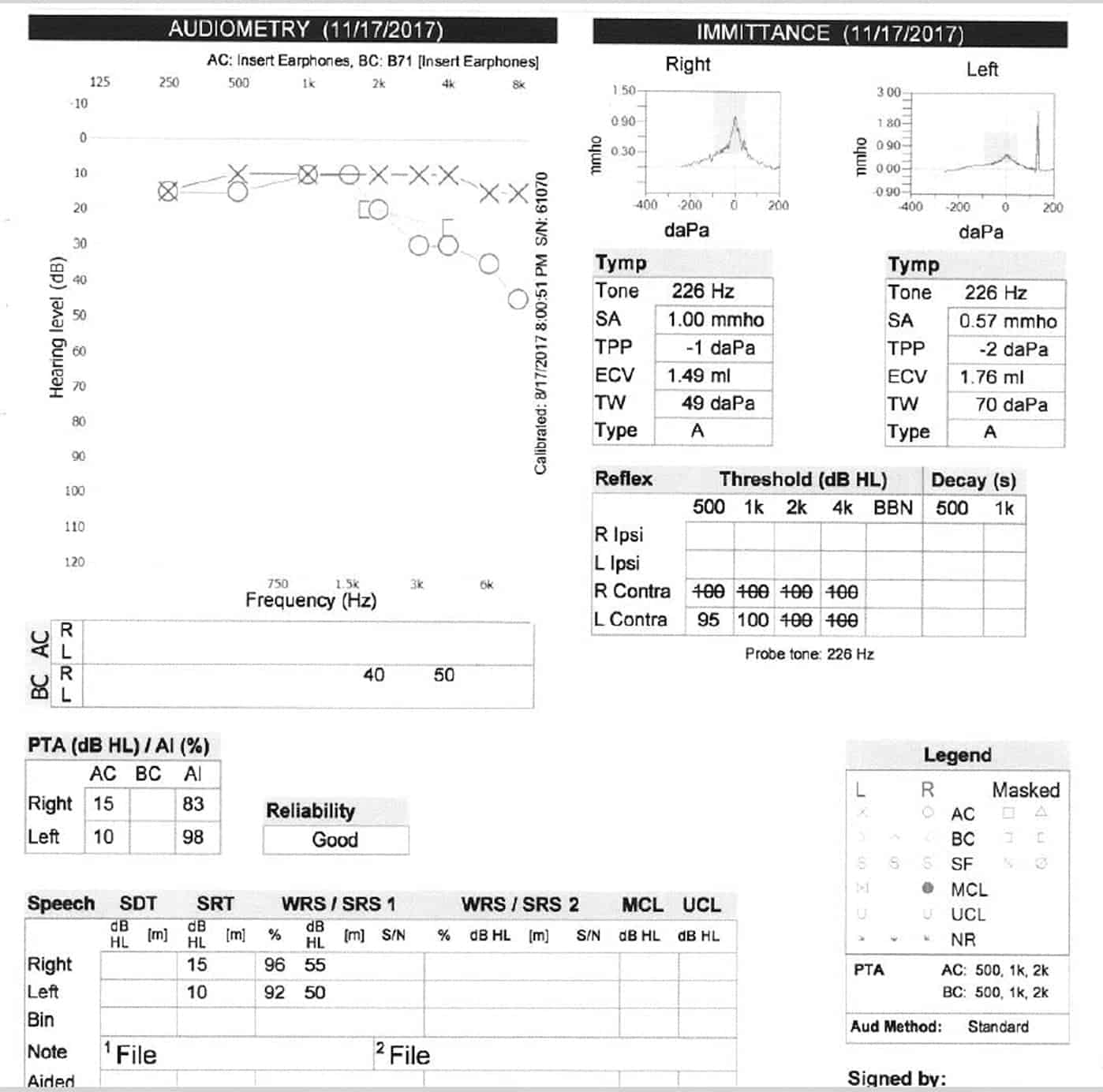


Acoustic Neuromas And Sudden Sensorineural Hearing Loss A Case Study Hearing Review



Supporting Success For Children With Hearing Loss Mild Hearing Loss And Learning



The Effects Of Prognostic Factors In Idiopathic Sudden Hearing Loss Topic Of Research Paper In Clinical Medicine Download Scholarly Article Pdf And Read For Free On Cyberleninka Open Science Hub



Hearing Aiha



Earphones Effects On Ears How Is Hearing Loss Caused What Are The Signs How Can It Be Avoided Headphones Ear Health Apple Airpods Pro Launched



Are Your Headphones Too Loud Scientific Scribbles
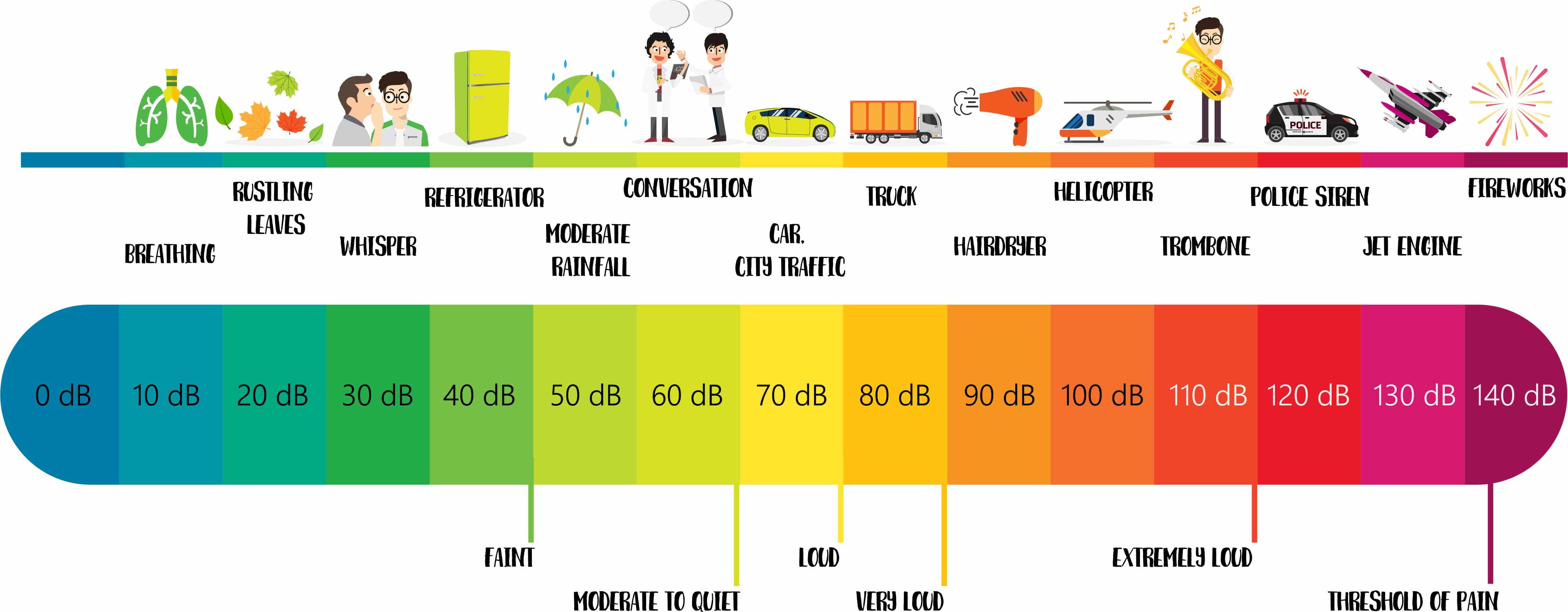


Teens Noise Exposure Hearing Loss Salem Audiology



3m 4dc Ps Pro Grade Noise Reducing Earmuff Nrr 30 Db Lightweight And Adjustable Black Amazon Com
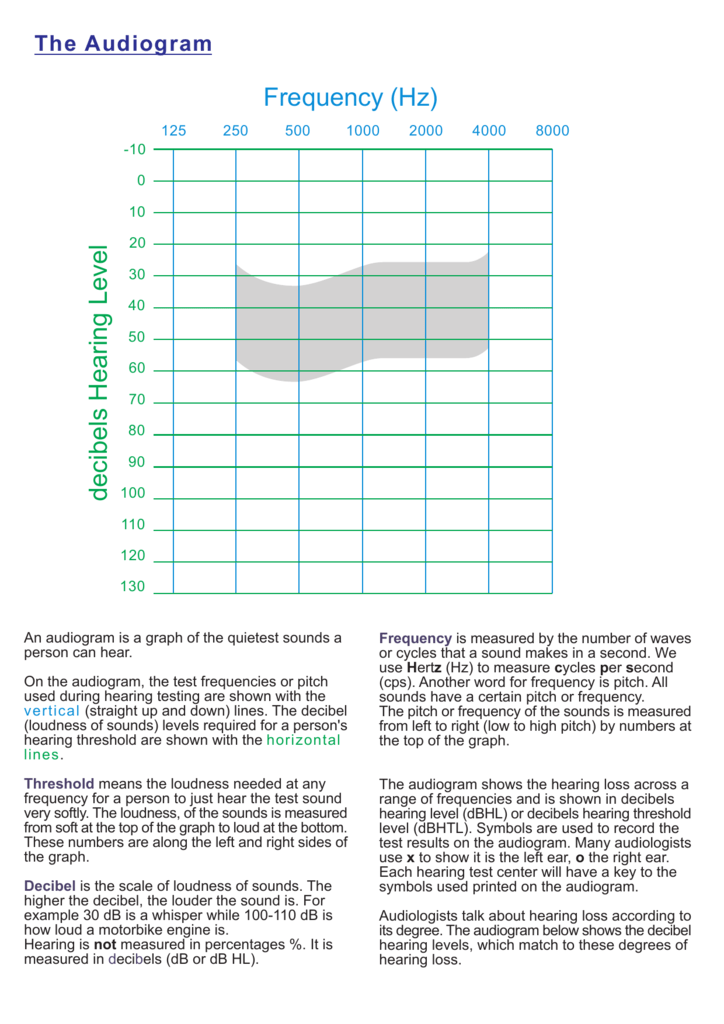


Decibels Hearing Level Frequency Hz



Hearing Loss Nilesh Patel Md Ear Nose Throat Doctors



0 件のコメント:
コメントを投稿